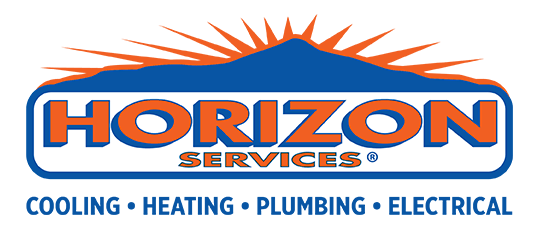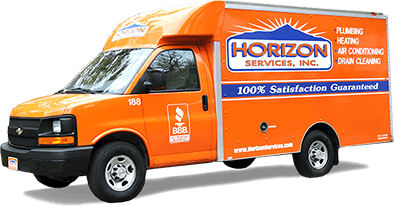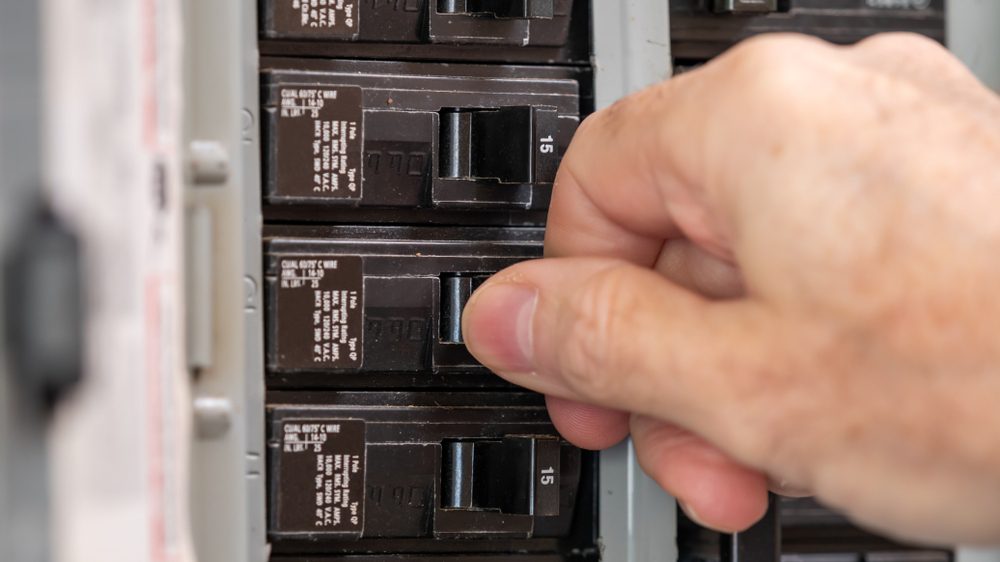
Power is a vital component of daily existence in our modern era. We depend on it to fuel our residences, workplaces, and the plethora of digital gadgets we utilize. The electric board, often called the circuit breaker panel, is the foundation for any power network. Its primary function is to allocate electricity throughout the structure while safeguarding the system from excessive loads and short circuits.
If you are researching the benefits of upgrading the electrical system on your property, you may be wondering how many breakers you can install in a 100 amp panel. We have created an extensive guide to discuss the fundamentals of electric panels, covering their role, typical dimensions, and indicators that it might be time to consider an upgrade or substitution.
Table of Contents
Circuit Breaker Panel Parts
A circuit breaker panel is a crucial element of the power system in a house. It plays a significant role in distributing electricity to the various circuits throughout the home while safeguarding them from overloads and short circuits.
The main components of a circuit breaker panel include:
- Main Switch: The main switch manages the flow of electrical current from the utility provider into the household
- Individual Circuit Breakers: These breakers are switches that regulate the flow of electricity to specific circuits, such as lighting or outlets in a designated area
- Neutral Metal Strip: The neutral metal strip within the panel connects all the neutral wires from the individual circuits
- Grounding Metal Strip: This metal strip, also found in the panel, links all the grounding wires from the individual circuits
- Utility Connection Conduit: The utility connection conduit is the tube that connects the electric service from the utility company to the main switch in the panel
- Protective Outer Shell: The protective outer shell safeguards the circuit breaker panel from unintended contact and tampering
How Many Breakers Can I Put in a 100 Amp Panel?
The maximum number of breakers you can put in a 100 Amp panel varies based on the specific make and model of the electrical panel, as this defines the number of circuits it can accommodate. Nevertheless, a standard 100 Amp panel typically supports a minimum of 20 circuits, equivalent to 20 regular circuit breakers.
The National Electric Code (NEC) stipulates that a 100 Amp panel can accommodate up to 42 breakers as the maximum. Still, it’s essential to understand that this is a theoretical limit. Not every breaker can operate at full capacity all the time.
Furthermore, according to NEC guidelines, all individual circuits and circuit breakers within a 100 Amp panel should not surpass 80% of the capacity of a panel, which in this case is 100 Amps.
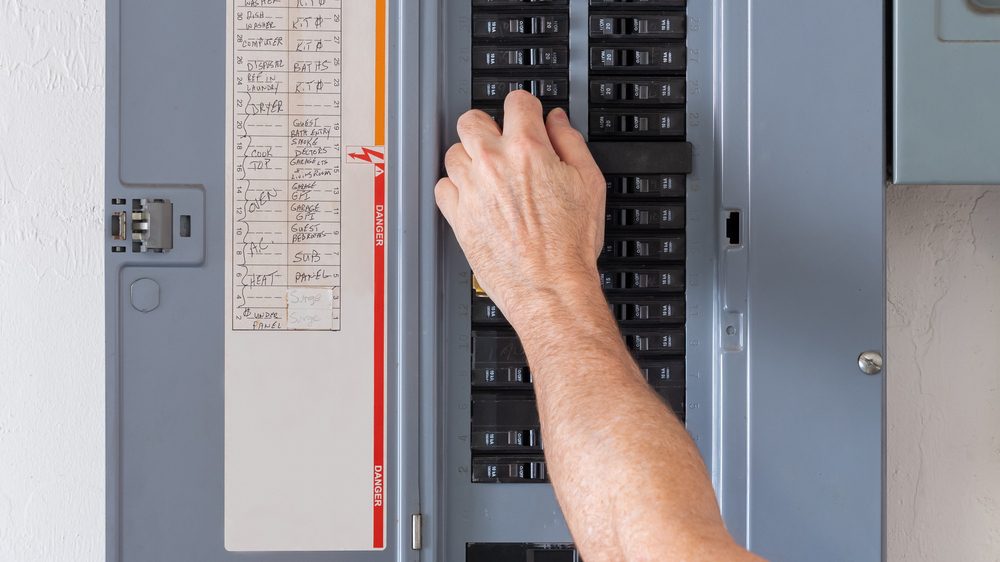
How Much Electrical Load Can a 100 Amp Panel Handle?
In determining the electrical load a 100 Amp panel can manage, it’s crucial to remember that the total current draw from all main service panel breakers should not exceed 80% of the panel’s capacity, which is 100 Amps in this scenario.
Assuming a 100 Amp service from your utility and a 100 Amp main breaker panel, you can assign dedicated breakers to high-power appliances such as ovens, dryers, and air conditioners. For instance, a 20 Amp circuit breaker can handle a maximum load of 2400 Watts at 120 Volts.
Read More: 10 Common Circuit Breaker Issues and Ways to Respond
Common Electrical Panel Problems in Homes
Electric panels are a crucial element of a power system in a home, distributing electricity throughout the residence. Over time, electric panels can encounter common issues that may compromise their safety and efficiency.
Corrosion
Corrosion, ranging from minor to severe, is a prevalent problem with electrical panels. It results from moisture infiltrating the panel, potentially damaging electrical connections and wires.
Double Taps
Double taps connect multiple hot or physical wires to a single lug, typically found on breakers. This approach is often done when no more slots are available in the panel for new circuits.
Oversized Breakers or Fuses
Oversized breakers or fuses pose a severe issue in electrical panels. This situation arises when a load-carrying wire is too small compared to the rating of the fuse or breaker it’s connected to. This aspect can create a hazardous condition, potentially causing a fire in your home.
Improper Bonding
Improper bonding, a significant issue in electrical panels, refers to improper adhesion within a panel enclosure. Improper bonding can result in safety hazards like electric shocks or electrocution.
Bad or Missing Handle Ties
Bad or missing handle ties indicate the absence of a device connecting the two separate breaker switches on a 2-pole breaker. This connection ensures both switches are turned off simultaneously to prevent electrical hazards.
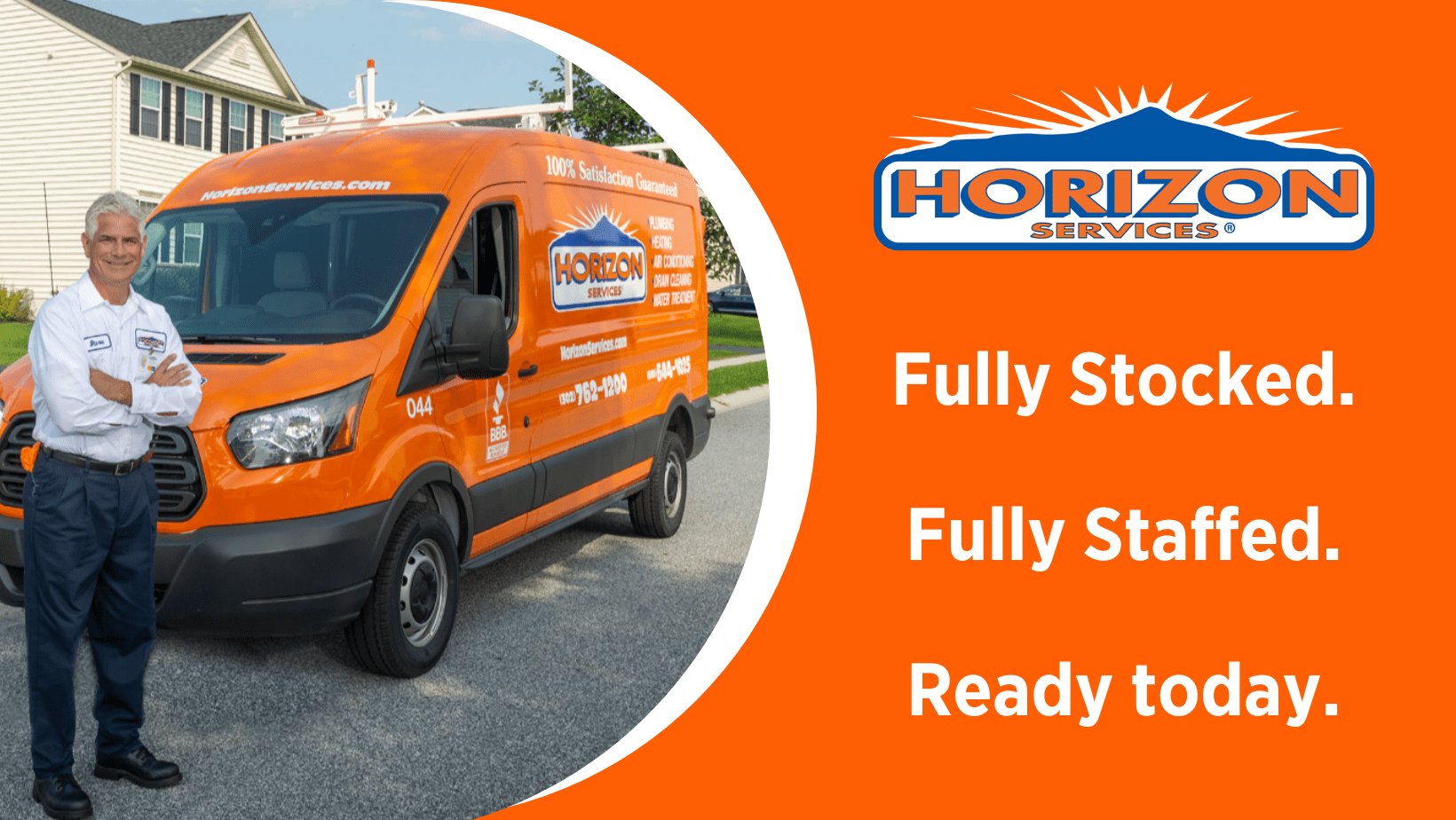
Electrical Panel Installation Services
Do not try to determine the total amount of circuit breakers you can put in a 100 amp panel without a licensed technician. Our team of local electricians in Charlotte, NC offer comprehensive electrical panel installation services for homes. We can deliver various electrical panel upgrade options to guarantee the security and effectiveness of your power system.
Whether you require an upgrade from an aged, obsolete panel or need a new installation, our crew is ready to assist. We also offer other types of electrical services including lighting installation, ceiling fan repair, electric vehicle charger installation, and whole house generator replacement.
Our professionals will help ensure the safety and reliability of the electrical system in your home. Give our electricians a call by phone at 1-800-642-4419 to receive assistance upgrading your electrical panel or with other electrical issues in your house.
